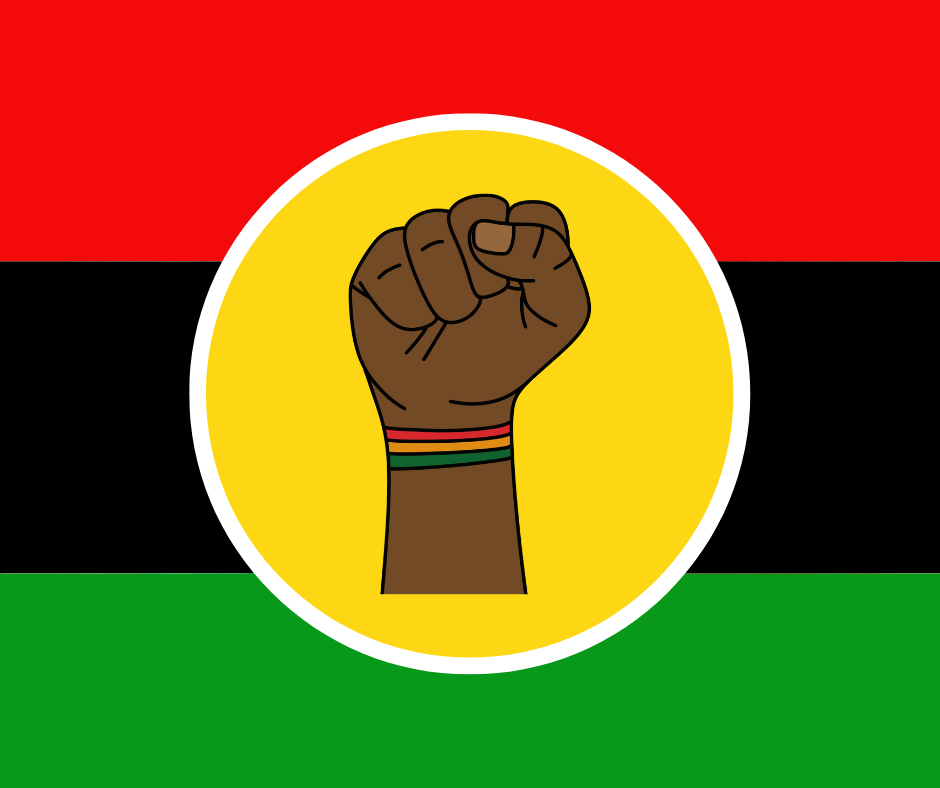A few weeks ago I wrote an op-ed published in the Brooklyn Eagle that shared the significance of my family history, particularly that of my grandfather, the history of my childhood home in Clinton Hill Brooklyn, and my thoughts and emotions regarding a racist Halloween art display that hung in its front windows. (see my Oct 31 2019 blog post).
Since then, I have received overwhelmingly positive responses from readers from all over the country, via DMs, across my social media (@profyndia). These are greatly appreciated!
Readers shared how saddened they were to read my essay, to learn of grandfather’s story—a WWII vet who fled rising post-war racial terror in Columbia, South Carolina, migrated north during the Great Migration for a new life and purchased a home in Clinton Hill Brooklyn with monies from the GI Bill—and how his story was marred with a window display that depicted the lynching of four brown child-like figures.
Some readers also shared their frustrations around the increasing audaciousness of anti-Black racism that we see across the country and even in our local communities. A consistent point that stands out to me, for sure, is in the way communities are reacting to these cumulative injustices and speaking out—loud that “enough is enough!”
I recently had the pleasure of speaking with Annie Correal (@anniecorreal), a NYT reporter, who was in the process of writing an article on the aftermath of the racist art display at my childhood home. Ms. Correal enjoyed reading my op-ed and wanted to continue the conversation.
It wasn’t until after our interview that I realized the serendipitous nature of the racist art display and the significance of both the community’s and my own responses to it as it relates to my current projects, Journeys of Belonging to Blackness (JourneysB2B) and my new podcast Talking Journeys of Belonging to Blackness (Talking JourneysB2B).
The act of hanging a person is an act of violence. More specifically, lynching is meant to send a very direct message about power: who has it and who doesn’t. As such, it is meant to intimidate particular groups of people.
The United States has a specific and popular history around targeting and murdering via lynching thousands of African descendants with the purpose of maintaining white supremacy across social, economic and political spheres of human interaction.
Yndia in conversation with Annie Correal, NYT
Indeed my JourneysB2B projects examines the ancestral and genealogic histories of African descendants as a way to understand the social, political, cultural, historical factors that shape African descendants’ identity and experiences today. I, too, am in the process of revealing aspects of my own ancestry and genealogic history, which includes my patrilineal lines—my grandfather. I did not and could not, however, anticipate that my upcoming plans to visit Columbia, South Carolina to learn about the Lorick plantation and African enslavement would coincide with my addressing the imagery of lynching at my grandfather’s Brooklyn home decades later.
For those who have asked, “what’s the big deal behind the Halloween art display anyway?” or “why are people of color so sensitive and see race in everything?” Let me be clear: it is inhumane and grossly inappropriate to display such images across from any school (or anywhere else, for that matter!).
In the same way lynch mobs made the murder of Blacks a public display intending to intimidate and warn African descended men, women and children of their fate should they defy white supremacist norms, the Halloween art display’s imagery connoted the same message.
Further, the display conveyed a message to the Black and Brown elementary school children and their families of P.S. 11—that their mental health, physical and social-emotional wellbeing are not valued. This type of message is one that no child should have to be exposed to and endure when they are learning and growing into healthy adults.
As a society, we need to acknowledge and tell the FULL truth about past wrongs created by individual and systemic racism and address the present consequences. Stating, “the enslavement of Africans across the Americas is a dark blemish on our country’s past” as something we can overcome only seeks to diminish the absolute fact that the founding and enterprise of the United States was rooted in the enslavement, subjugation, disenfranchisement of African descendants and other racial and ethnic groups while enfranchising and privileging European descendants.
There needs to be concerted efforts made to develop and implement school curricula that clearly address the interconnectedness of our shared histories. For instance, I would love to see race and social justice education as a required component of K-12 social studies and history curricula wherein educators equip students with the skills and knowledge to examine the full history, analyze, understand, and intervene in systems of oppression in order to advance equity for all people.
Also, we need more conversations like these. The op-ed in the Brooklyn Eagle and the NYT interview further crystalized why my own journey of belonging to Blackness has taken this particular path, via my JourneysB2B projects. Stories of my research participants, the current Clinton Hill community members, and even the stories within of my family are not only interesting and powerful but are critically important to challenging anti-Black racism and white supremacy.
African descendants’ stories deserve platforms where its storytellers can share their history and express their concerns and needs because it affirms the prominence of storytellers’ position by making visible their stories which are, otherwise, a shadow or blemish in an already faint representation within public discourse. My goal is to use my work through JourneysB2B to be one of many platforms to share these stories.
Check out the Annie Correal’s NY Times article I’m mentioned in, below! https://www.nytimes.com/2019/11/15/nyregion/clinton-hill-halloween-decorations.html


